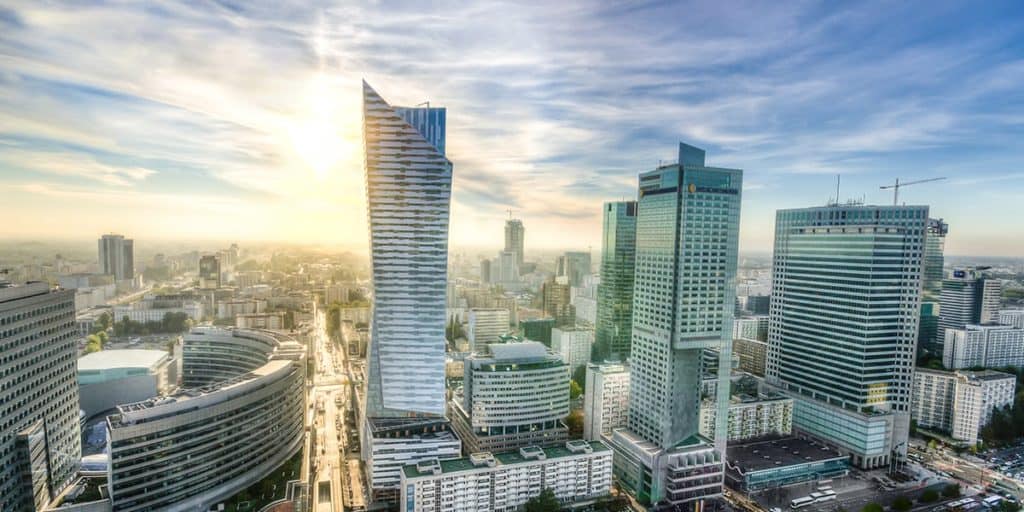When Condé Nast announced the 2018 launch of a Polish edition of Vogue, this confirmed the strong recent developments in the Polish luxury market.
Last year, KPMG valued the Polish fashion and luxury market at 2.2 billion Zloty ($582 million) and forecasted that it would experience a 28% increase by 2020. The attraction of the “Made in Poland” label is an interesting trend setting it apart from other neighboring fashion capitals. As KPMG reports, as many as 60% of affluent and wealthy buyers claim that the ‘Made in Poland’ label influences their purchasing decisions.
Polish Fashion and the Retail Scene
Because of its turbulent history over the past few decades, the Polish fashion industry has been described as young and unsteady, constantly chasing after its Western counterparts. Many young Polish brands such as MISBHV and KAS KRYST are bringing in exciting changes that are reshaping experts’ opinions on what Poland has to offer.
To illustrate the prospect of Poland’s fashion scene, let’s take a look at LPP S.A., a distinctive leader in Poland. The company operates five well-known brands: Reserved, House, Mohito, Cropp and Sinsay, and more than 1,700 stores spanning over 10 million square feet across 19 markets so far. Due to a wide distribution network, the company is capable of attracting a large portion of the Polish consumer population for its fast fashion products.
To reflect its ambition to grow brand recognition and establish itself across Western Europe, Reserved projected a splashy statement this September by debuting its flagship store on London’s Oxford Street, featuring the one and only Kate Moss. The brand also relied on the power of other influencers, inviting well-known bloggers and iconic industry representatives to Gdansk, introducing the history of the Polish city to its guests and providing an exclusive preview of their new collection before the grand opening of the store.
The Polish capital Warsaw is described as an “undiscovered fashion hotspot”, where foreign visitors are widely impressed by the city’s sense of style. Distinct from typical fashion weeks, Poznań Fashion Fair is, in fact, the largest event in Poland. Thousands of new products are shown by more than 4,000 leading brands and young designers from Poland and abroad. The lively atmosphere is a haven for Polish fashion industry professionals where they can network and find their niche.
It seems that 2017 was a good year for Polish fashion, and that 2018 will be a time for local and international designers to take the initiative to explore all the potential in business and creativity that Poland has to offer, prompting it to become a true “fashion hotspot”.
If you’d like to discover more on up and coming fashion capitals check out our piece on Dutch fashion or our “Why?” series featuring Dubai and Berlin.
